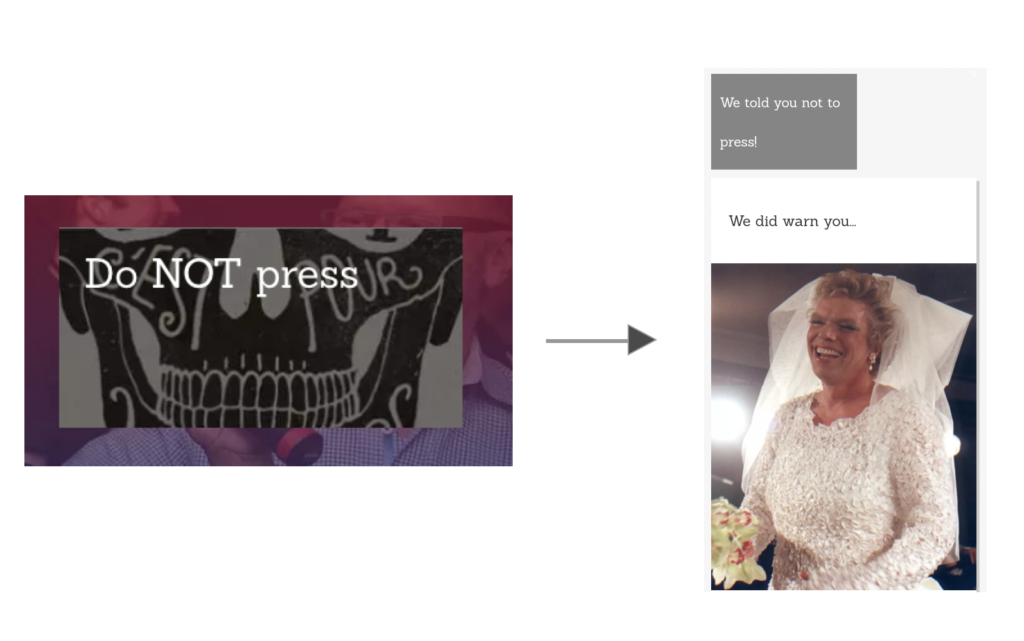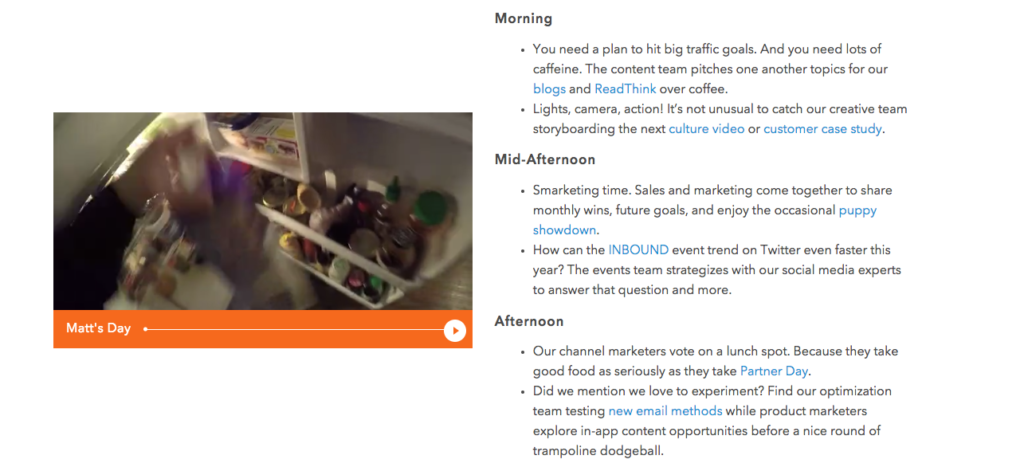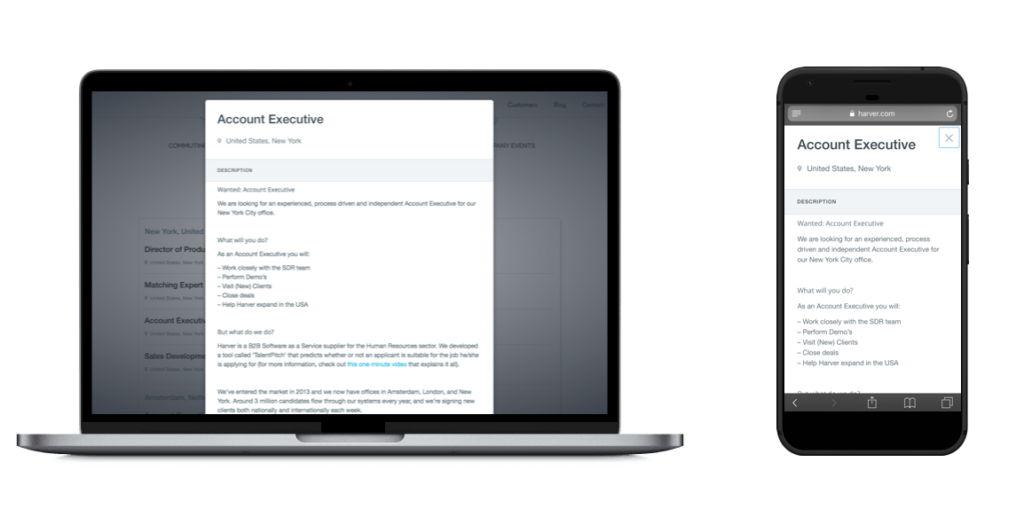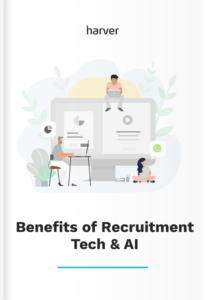It all starts with the job description.
As the first thing a job candidate will engage with when learning about your brand or position, the perfect job description is crucial for getting the right person to apply, but there’s a catch.
The job description you post should get potential candidates excited about the opportunity, your company, and what you can accomplish together, but shouldn’t be overloaded with information either. It’s a balancing act, but a rewarding one. When you’ve clearly defined your expectations, needs, and preferences in the job posting, you can streamline your hiring process, eliminating unqualified applicants and focusing on those who fit the position best.
Finding this balance between providing enough information without overwhelming the applicant is tough – but crucial.
To help you through the job description writing process, here are 16 tips to get you started.
Like what you see?
Don’t miss out. Subscribe to our quarterly digest to get the latest TA and TM resources delivered right to your inbox.
1. Choose a Clear Job Title
Creative, witty, or fun job titles are a great way to show your company’s personality.
Unfortunately, the job description isn’t the best place for them.
When an applicant is browsing through open positions, they’ll be looking for job titles they believe they’re qualified for. If the job title you’re posting for is unclear, non-descriptive, or too out-of-box, it may confuse your applicants.
Would you be able to tell what a Social Idea Ninja does at a glance? Yeah, me neither.
Keep your job titles simple and clear – even if you use something different internally – so candidates know exactly what they’re applying for.

Keep it simple. Please. If you do want to spice up your
Job Titles, add an image, like Airbnb.
2. Keep it Skimmable
We all want candidates to pay close attention to what they’re applying to.
However, making your job descriptions lengthy, difficult to read, or overly complicated pushes applicants away. In order to attract more high-quality candidates, you want to keep your job description skimmable.
Use short paragraphs, bullet points, and headers to applicants know quickly and easily whether or not they’re qualified for the position and thus – improving the quality of your applicants.

A fine example of skimmable text. Instead of writing a novel
on responsibilities, keep it short, concise and easy to read.
3. Show Your Brand Personality
Your brand personality should appear in each and every thing you do – including your job descriptions.
As a way to separate your company from your competitors and help your brand stand out, your job description should be infused with your brand tone-of-voice and messaging. When your job description effectively portrays your personality, you’ll attract candidates who fit well with your company culture.
A personality in your job description can also create excitement and make you memorable. Be creative, but don’t forget to stay professional.

On the Virgin Career Page you’ll find a big button saying ‘do NOT press’. Pressing it rewards
you with a screen filling image of Richard Branson in a wedding dress. This says a lot
about the work hard play hard culture at Virgin, awesome!
4. Create a Killer Introduction
Active job seekers are busy people. They’re constantly researching new companies, opportunities, and positions.
If you can’t find a way to grab their attention in the masses of online job listings, you’re going to need to settle for mediocre candidates. To attract the best talent, you need to go above and beyond to create an introduction that will make your candidate slow down and read on.
Rather than jumping right into your brand and the position, find a way to connect with applicants. Ask a question. Give a fact. Provide a statement that pushes them into the next sentence or paragraph and encourages them to apply.

Here’s an example of a killer introduction. It’s short, easy to read and on brand.
5. Remain Relatable
The person you hire will eventually become a part of your team. You to excite them about that possibility, so focus on remaining relatable and welcoming throughout the entire application process.
If your job description reads as cold, overly formal, and unapproachable, you may struggle to attract the best talent. While you want to remain professional, you also want to show that there is an actual human being on the other side of the screen.
Consider showing team members this person will work with in the description.

Toggle introduces you to a member of your potential team at the start
of your application process.
6. Avoid Being Mysterious
Your job description isn’t the place to spill every fact and detail about your company.
However, it’s also not the place to be mysterious.
When high-quality applicants review your job postings, they want to know whether or not the connection will be worth their time. If they’re unable to find helpful information about your company, your culture, or how you work, they’ll probably move on to another listing.
Provide enough information to keep your applicants interested, but leave the extra details for the interview.
7. Sell the Job
We spend a lot of our time at work.
If you want high-quality candidates to apply to your position, you need to show how the job can be exciting and why it’s worth spending all this time. In short: Sell it! If your job description lacks energy, you’ll only receive lackluster applications.
Make sure you don’t oversell either though. Misalignment of expectations is a common cause for early employee turnover which starts with the job description. Include exciting details and benefits about the day-to-day operations within your company, as well as opportunities for growth, but stay true to yourself.
Try to avoid getting carried away by trendy buzzwords as well. Don’t say you’re an entrepreneurial, fast moving and creative organization when you know the opposite is true.
8. Spotlight Your Company – Include Video
To attract the best candidates for your company, you need to let them know what you do and what life at your organization looks like.
While you may expect your applicants to research your brand before submitting their resume, giving them enough information to get them started can get candidates excited about what you do.
Include a short video about your company on the job page. Share a video about life at the office, what you do, or your team values. Allow different team members to share their experience with the company, as well as what the team is looking to accomplish as they move forward.

Hubspot absolutely hits the nail with their video content. From ‘a day in the life of’-type videos
to an interview with team leaders, everything is there.
9. Give a Salary Range
Whether or not to include a salary range within a job description is a long-debated topic.
However, each candidate will have expectations of what they’d like to get paid. If you don’t give any indication of how much your company has budgeted for this position, you risk wasting precious time interviewing candidates who are looking for something more.
If salary will be based on experience, provide a range that can give applicants a better indication of whether or not the job is the right fit.

WorkRamp displays salary and equity opportunities upfront.
10. Be Mobile-Friendly
We can’t stress this enough, ignoring mobile is an absolute no-go. Mobile devices forever increasing in popularity – even with job hunting.
With individuals in just about every generation opting for smartphones and tablets over laptops and desktops, your job descriptions – and the sites they’re posted on – need to be mobile-friendly.
Scalable and responsive pages will not only help your applicant, but it can also improve your Google ranking significantly.
Keep your paragraphs short, easy to read, and include bullet points where you can. Shorter sentences and simple fonts are also important for reading job descriptions on smaller screens.

Responsive career pages and job descriptions are a necessity nowadays
11. Set Your Deal Breakers
You probably have a list of “must-have” and “would-be-nice” requirements.
While you may be holding out for that perfect candidate who can check every box, you need to make it clear to applicants what they absolutely need to have to be considered for this position.
When listing your requirements and expectations, make your deal breakers clear – without coming across too picky. Establishing these boundaries can reduce your number of unqualified applicants, making the hiring process more efficient.
12. Be Specific About Tasks
Although we’ve been advocates of short and concise writing, for the ‘tasks’ part you need to be specific.
When it comes to listing anticipated responsibilities and tasks, it can be difficult to come up with a concrete list. However, even if job duties and needs can change from time to time, it’s important to establish your expectations clearly within the job description.
Break down what a day may look like if the individual is hired. Rather than stating the individual will “manage a calendar” or “communicate with clients,” give specific examples of what these duties might entail.
13. Provide a Hiring Timeframe
Companies move through the hiring process at their own pace.
While one company may be looking to get the position filled within a week or two, another may be open to when the individual can start. If you have a strict timeframe for the hiring process, you’ll want to make this clear within the job description.
Let applicants know when they can expect to hear from you or when you’re hoping to hire. Keeping communication open can fill your applicant’s desire for on-demand information, improving the candidate experience.

A clear timeframe makes all the difference. Communicate what the next steps in the process
are and how long it may take to complete them.
14. Say ‘you’ instead of… Something else
Here’s something that often gets overlooked. Say ‘you’ to the reader. Don’t say ‘the ideal candidate’ or whatever variation there is out there. Be direct and personal and make sure the applicant feels as if you’re talking to him/her.

This single sentence shows you exactly why to use ‘you’. It conveys the message
that the organization puts their trust in the reader while simultaneously showing
the human side of the hiring company.
15. Know Your Keywords
Job search websites work the same as other search engines: with keywords (also a reason for keeping your job titles ‘normal’).
If you’re not considering the keywords your candidates will search for when looking for open positions, your job description may go unnoticed.
Before you post your job opening, think about the keywords you need to target. Optimize your job description by including these keywords naturally throughout the post’s body, headlines, and the job title.
16. End with a Powerful Call-to-Action
Your job description shouldn’t just end.
After you’ve spent the time to build up an exciting presentation about the position, your company, and what you’re hoping to accomplish, you want to keep that momentum going. With a strong call-to-action, you’ll encourage high-quality candidates to submit their application.
Include an appropriate prompt at the bottom of your job description. Push the applicant to get in touch and remind them of how they can apply.
Over to You
Before a candidate ever reaches your website or browses your social channels, they will need to engage with your job posting. If you’re unable to effectively pull in their attention and get them excited to apply, you’ll find yourself browsing through a pile of unqualified or uninteresting candidates.
To start attracting high-quality talent, keep these 16 tips in mind the next time you write a job description.
How AI & recruitment technology is changing recruiting experience
Find out how tech has helped other companies grow by enhancing both the recruiters’ and candidates’ experience!


